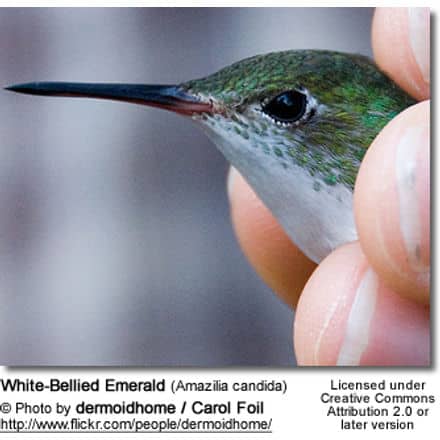Ferruginous Pygmy Owl (Glaucidium brasilianum)
The Ferruginous Pygmy Owls (Glaucidium brasilianum) is a small owl that breeds in the southwestern USA, Central America and South America to Bolivia and Argentina. Trinidad has an endemic subspecies, more rufous above than the continental forms.
This species of pygmy owls is a part of the larger grouping of owls known as typical owls, Strigidae, which contains most species of owl. The other grouping is the barn owls, Tytonidae.
The Ferruginous Pygmy Owls is a common and easily seen bird in open woodland including around human habitation. It nests in a hole in a tree, laying 3-4 white eggs. Incubation is 28 days, with 27-30 days further to fledging.
The Ferruginous Pygmy Owl is small (15cm) and stocky. The upperparts are brown, heavily spotted with white on the crown and wing coverts. The underparts are white, streaked with brown.
There are prominent white supercilia above the facial disc. There are two eyespots on the nape. The tail is barred brown and black. Males and females look alike. The flight is rapid with long swoops.
This species is mainly nocturnal, but sometimes hunts by day, and can be readily located by the small birds that mob it while it is perched in a tree (up to 40 birds of 11 species have been recorded mobbing one owl).
It hunts a variety of insects and lizards. The call is a whistled hoo-hoo-hoo-hoo, usually in E flat. It is easily imitated, and is used by birdwatchers to attract small birds and other owls.
This species is endangered or threatened in its range in the Southwest US, where it reaches just over the border from Mexico and is an indicator species.
More Owl Information
- Owl Information
- Index of Owl Species with Pictures
- Owl Eyes / Vision Adaptations
- Pygmy Owls
- Barn Owls




